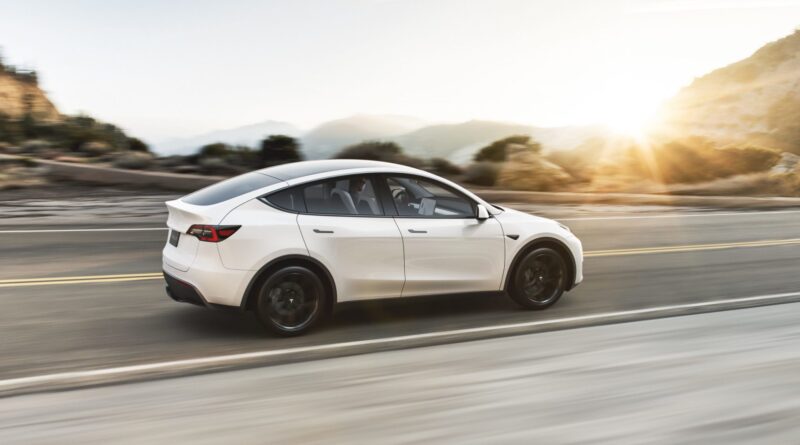As a first-time electric car owner, you must familiarize yourself with its various aspects. The knowledge will ensure you get the most out of your Electrical Vehicle (EV). Thankfully, this article sheds some light on crucial aspects you need to know. As a start, familiarize yourself with these important concepts:
The Charging Requirements
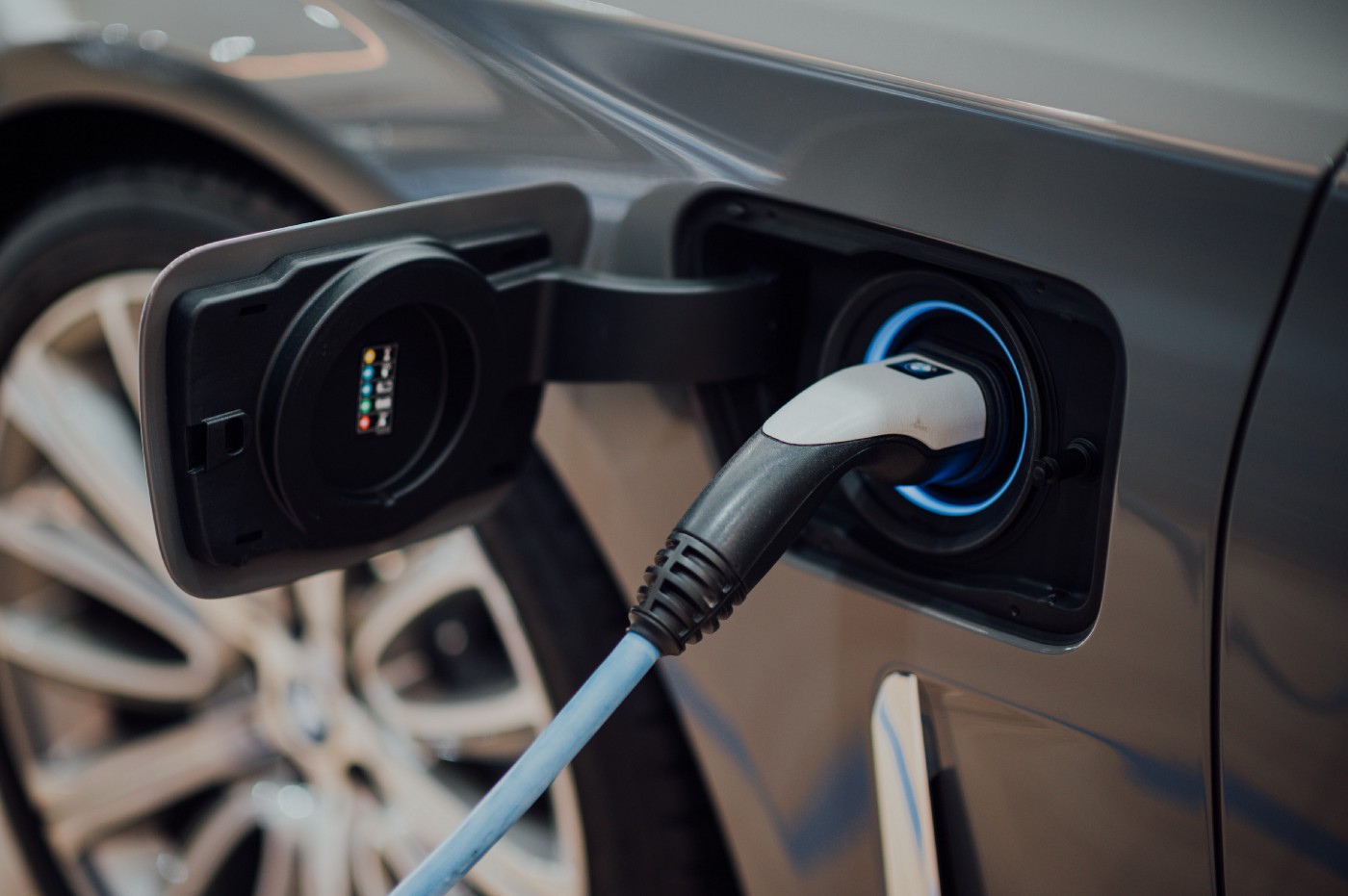
source: medium.com
The first aspect is where to charge your car. Conveniently, there may be various public charging points in your area. Do a survey and identify them before you start using your car. Alternatively, you can install a charging point in your home, preferably outside, near your garage. Charging EV from solar panels is also an option if you want to charge your electric car at home.
You must also know how long the charging process will take. When using charging points, you need to know their power. The power will determine how long you’ll charge your electric vehicle. Most charging points can either be level 1, 2, or 3.
- Level 1 will take the most time, approximately 15 hours, since it has a power of 1.5kilowatts per hour (kwh.)
- Level 2, with 3kwh to 8kwh, will charge in three to eight hours.
- With level 3, of 50kwh, charging is 20 to 60 minutes.
Therefore, you should choose appropriately depending on the time on your hands. For solar panels, choose one whose watts will be enough to charge your electric vehicle. Your car’s battery capacity will help you know the size and number of solar panels to use. The higher the power, in watts, a solar panel has, the quicker it’ll charge your vehicle.
The other aspect to know when it comes to charging is how long the charge will last before it runs out. This often depends on the kwh in your car. For instance, 200kwh will cover approximately 329 to 350 miles, 135kwh will cover around 314 miles, and 100kwh will cover 386 to 520 miles. The above figures also depend on your electric vehicle model; some models will cover more with less and vice versa.
Another point to note is that you require a connector to charge your vehicle; it’s what you’ll connect to the charging points. In most cases, there’s no one size fits all, but your model’s connector will charge your car efficiently.
How It Works
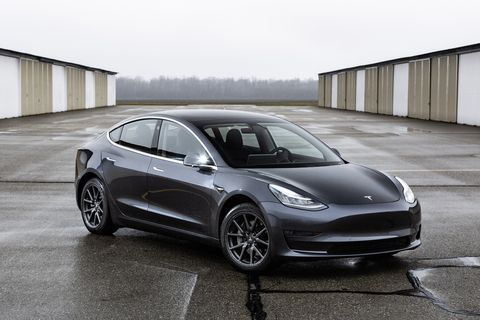
source: hearstapps.com
Knowing how your new purchase works is essential since it’ll help you know when there’s an issue. First things first, an electric car utilizes electricity to run instead of gasoline or any other source. The source of the electricity is a battery, which can be lead-acid, lithium-ion, or nickel-metal. Out of the three, the most common is the lithium-ion battery.
Once you start your car, the electricity will change the Direct Current (DC) to Alternating Current (AC.) The current will then flow into the motor, which will power your wheels, starting your car. This power needs to be continuous for you to maintain your speed.
A properly-working electric car won’t emit any noise as it runs. Hence, should it start emitting noise, you should know something is wrong somewhere.
Also, since the car utilizes electricity, its charge is likely to run out with usage. This means it’ll need recharging. Like a normal car that’ll stop moving when it runs out of fuel, the same will happen for your electric car. However, the car will notify you of a low charge, giving you enough time to charge it.
To conserve the charge until you recharge, most electric vehicles have a reserve mode, where they’ll run but consume less electricity. However, you should know that continual use of the reserve mode will eventually run out of charge, and your car will stall.
The Maintenance Requirements
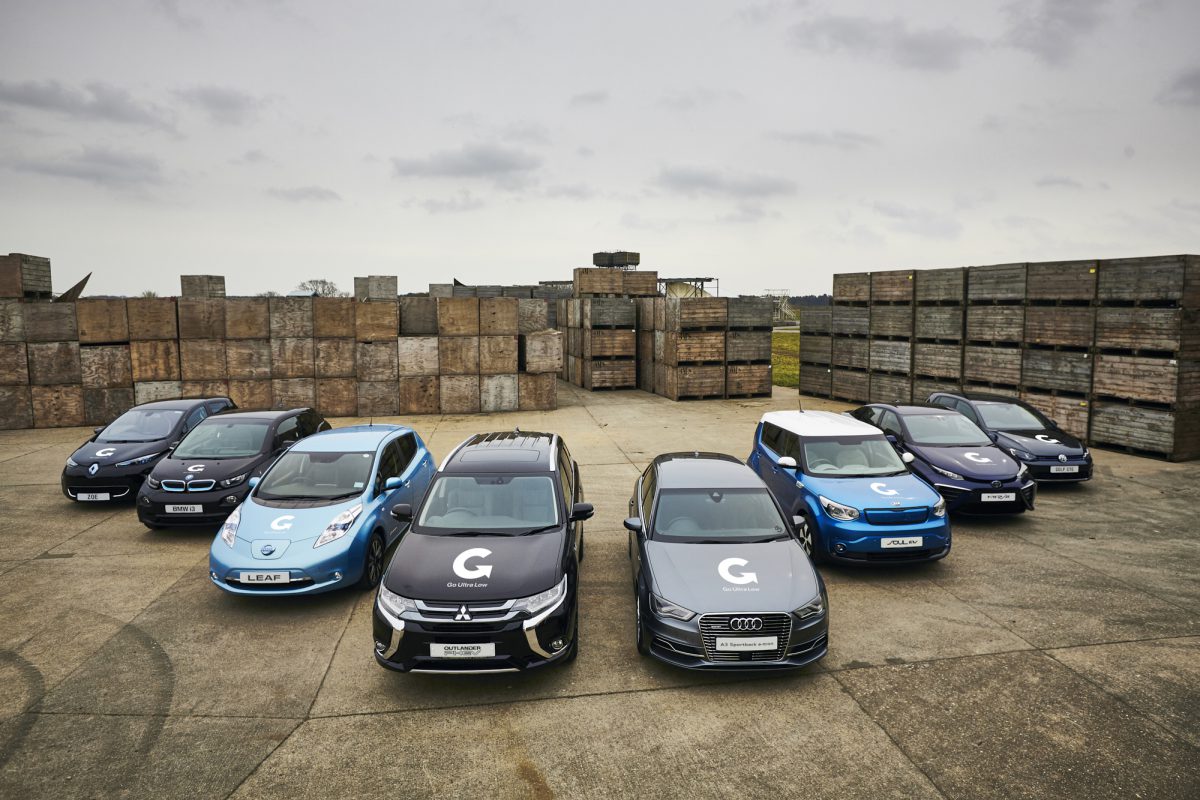
source: pinterest.com
For any equipment to serve you efficiently, you need to maintain it; the same applies to your electric car.
The first step to maintaining your car is finding a suitable mechanic. It’s best not to settle for a general one; find one trained in electric cars. Alternatively, ask your electric car’s provider if they offer maintenance and repair services. They’ll be the best to serve your car since they fully understand how it works.
You need to be aware of the parts that regularly need replacing, including the intervals for these replacements. It’d also help if you familiarize yourself with how to go about the replacement, should you get into an emergency and your chosen mechanic is far. You don’t need to worry about where to get all this information as most of these cars come with a manual. Car manufacturers will also have such information on the website, especially under the Frequently Asked Questions (FAQs) section.
Conclusion
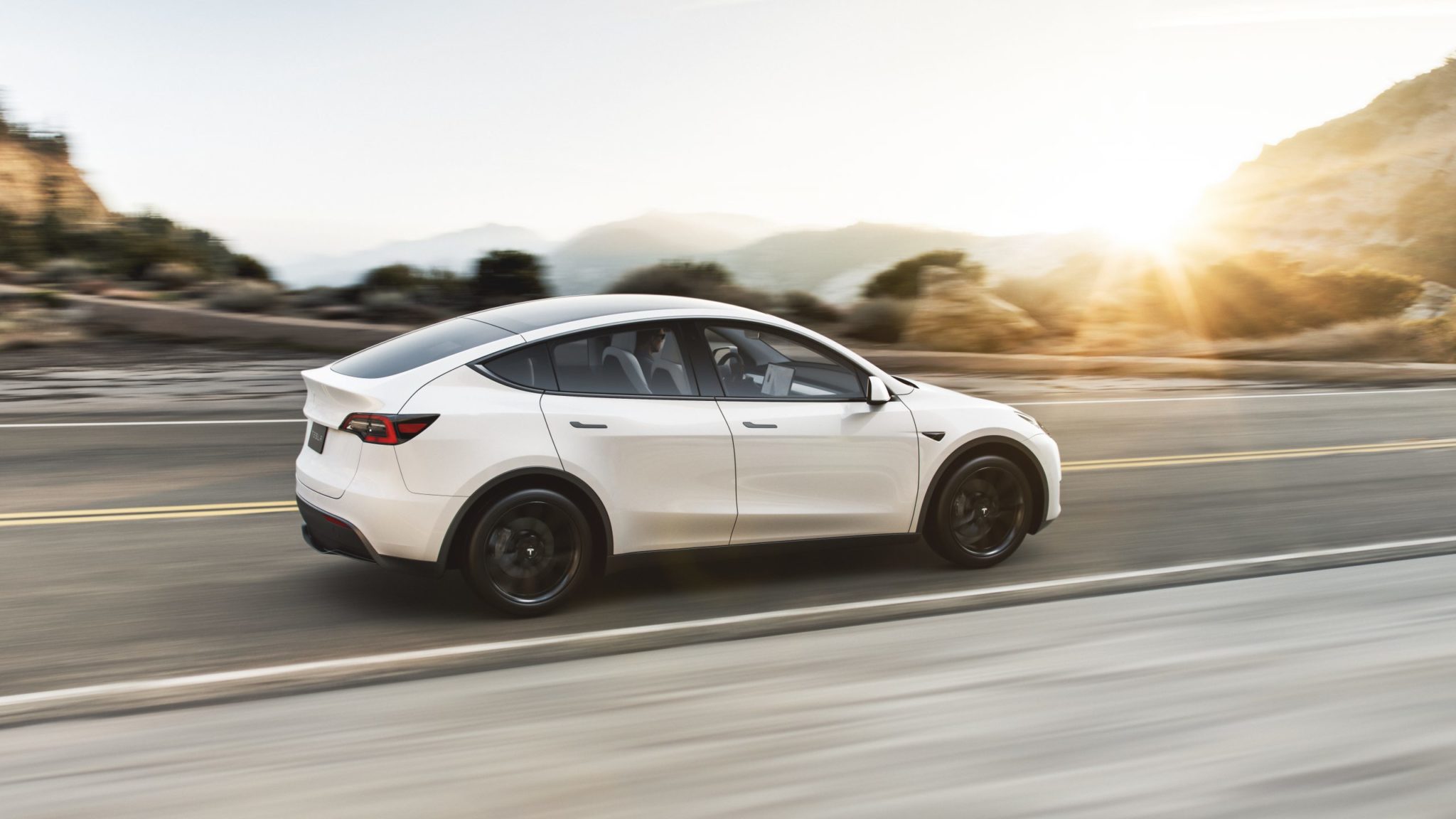
source: chargedfuture.com
Although electric cars aren’t very new in the market, less is still known about them. Most of the population is yet to adopt and embrace this technology. With the purchase of your electric vehicle, the information in this article will help you in one way or another as you use your car. Therefore, be keen on the aspects discussed above.

